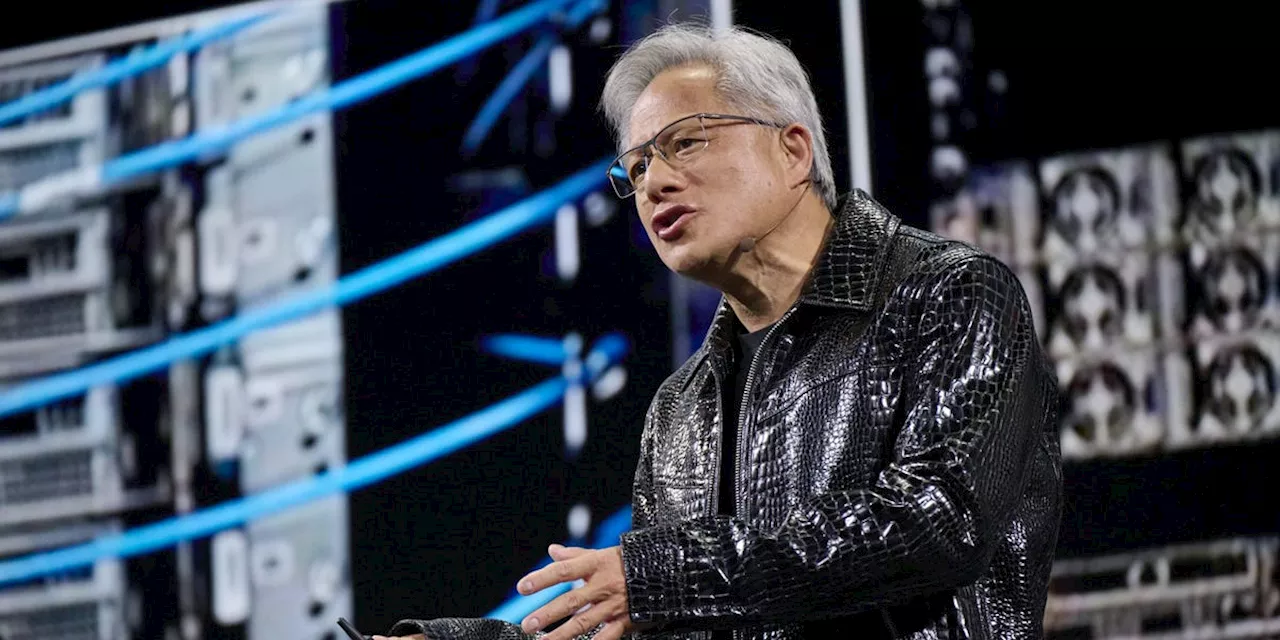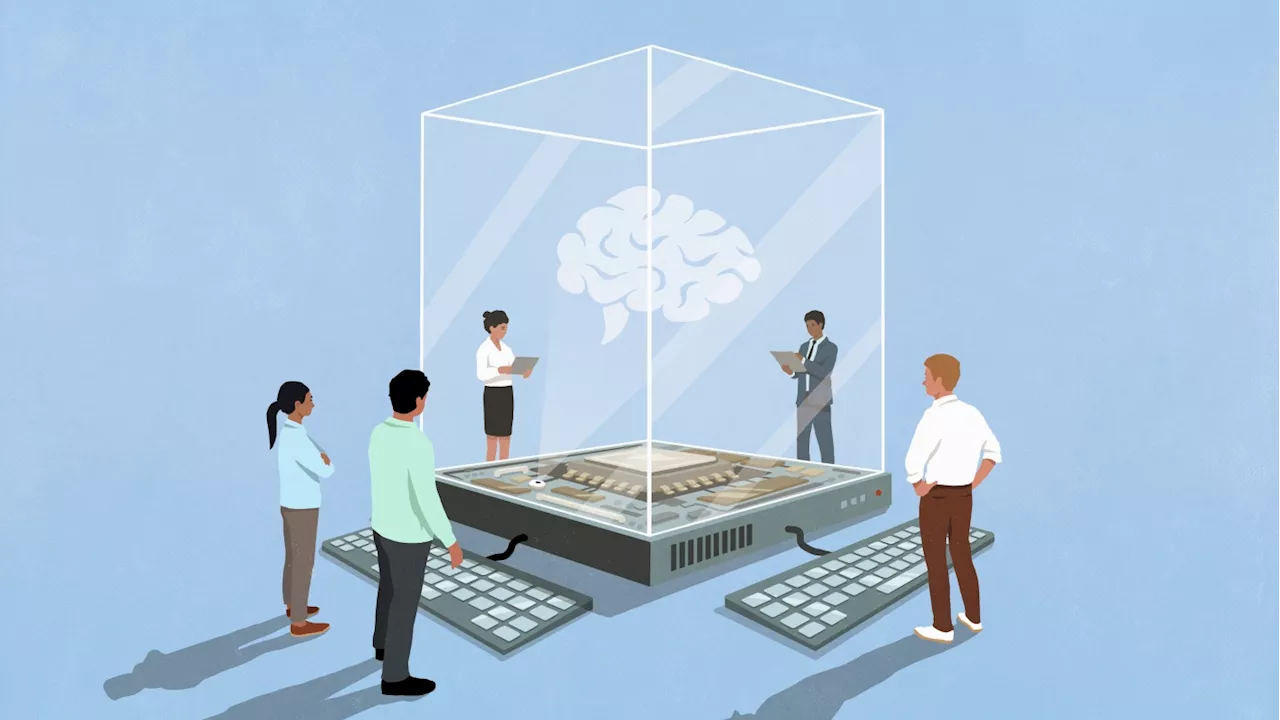Microsoft CEO Satya Nadella uses the 160-year-old economic concept of Jevons paradox to explain how the increasing efficiency of AI, despite potential cost reductions, could lead to even greater demand and ultimately benefit the industry.
A recent development in the tech world has sent ripples through the industry, particularly among American tech giants. A company, while unnamed in the article, has successfully developed a cutting-edge chatbot at a fraction of the cost compared to its American counterparts. This achievement has triggered a sharp decline in the stock prices of American tech companies, raising concerns about competition and market dominance.
However, Microsoft CEO Satya Nadella has taken a rather optimistic stance on the situation, drawing upon an 160-year-old economic concept known as Jevons paradox to suggest that this decline in stock prices might be a positive indicator for the future. On social media, Nadella shared his perspective, quoting Jevons paradox and linking to its Wikipedia page. He argues that as AI technology becomes more efficient and accessible, its usage will skyrocket, transforming it into a highly sought-after commodity. Nadella's message to investors is essentially this: don't panic. This seemingly obscure economic principle indicates a path to profitability even if competitors are significantly undercutting prices. Jevons paradox, while not widely known, has been cited in various contexts over the past few decades. It's often used to explain why improvements in energy efficiency, such as in cars, appliances, and light bulbs, haven't necessarily led to a decrease in fossil fuel consumption. The same logic has been applied to explain why expanding highway lanes doesn't solve traffic congestion. Now, it's being applied to the field of AI, with some experts suggesting that AI's increased efficiency could actually lead to the creation of more jobs in certain sectors rather than mass layoffs. This concept, rooted in the mid-19th century, is suddenly gaining relevance in our modern era of rapidly advancing AI technology.
AI Jevons Paradox Microsoft Satya Nadella Stock Market Efficiency Demand
United States Latest News, United States Headlines
Similar News:You can also read news stories similar to this one that we have collected from other news sources.
 DeepSeek's Efficient AI Model Sparks Market Turmoil and Debate Over Chip DemandThe launch of DeepSeek's efficient AI model has triggered a market sell-off in semiconductor companies, raising questions about the future of AI infrastructure spending. While some investors fear a decline in demand for advanced chips, others point to the Jevons Paradox, arguing that increased efficiency will drive higher AI adoption and ultimately boost chip demand.
DeepSeek's Efficient AI Model Sparks Market Turmoil and Debate Over Chip DemandThe launch of DeepSeek's efficient AI model has triggered a market sell-off in semiconductor companies, raising questions about the future of AI infrastructure spending. While some investors fear a decline in demand for advanced chips, others point to the Jevons Paradox, arguing that increased efficiency will drive higher AI adoption and ultimately boost chip demand.
Read more »
 Waking from the Strain Dream: Cannabis Science at a CrossroadsThe cannabis industry finds itself in a paradox of promise and paralysis.
Waking from the Strain Dream: Cannabis Science at a CrossroadsThe cannabis industry finds itself in a paradox of promise and paralysis.
Read more »
 Millennial parenting paradox: Waiting to have kids has career downsideBusiness Insider tells the global tech, finance, stock market, media, economy, lifestyle, real estate, AI and innovative stories you want to know.
Millennial parenting paradox: Waiting to have kids has career downsideBusiness Insider tells the global tech, finance, stock market, media, economy, lifestyle, real estate, AI and innovative stories you want to know.
Read more »
 Paradox Museum Miami: A Whimsical Journey Through Optical IllusionsParadox Museum Miami, a 11,000 square-foot museum in the Wynwood arts district, features over 70 exhibits that challenge perceptions and create fun social media content. Drawing inspiration from classic carnival funhouses, the museum incorporates interactive elements and immersive installations, explaining the science behind each illusion. Visitors can experience the Zero Gravity Room, a unique space that simulates weightlessness using a spinning wheel and camera mount, creating videos that appear as if guests are walking on walls and ceilings.
Paradox Museum Miami: A Whimsical Journey Through Optical IllusionsParadox Museum Miami, a 11,000 square-foot museum in the Wynwood arts district, features over 70 exhibits that challenge perceptions and create fun social media content. Drawing inspiration from classic carnival funhouses, the museum incorporates interactive elements and immersive installations, explaining the science behind each illusion. Visitors can experience the Zero Gravity Room, a unique space that simulates weightlessness using a spinning wheel and camera mount, creating videos that appear as if guests are walking on walls and ceilings.
Read more »
 Paradox Museum Miami takes guests through a 21st century funhouse of mind-boggling illusionsIt's a mix of art gallery, science exhibit and a 21st century funhouse.
Paradox Museum Miami takes guests through a 21st century funhouse of mind-boggling illusionsIt's a mix of art gallery, science exhibit and a 21st century funhouse.
Read more »
 Paradox Museum Miami takes guests through a 21st century funhouse of mind-boggling illusionsIt's a mix of art gallery, science exhibit and a 21st century funhouse.
Paradox Museum Miami takes guests through a 21st century funhouse of mind-boggling illusionsIt's a mix of art gallery, science exhibit and a 21st century funhouse.
Read more »
